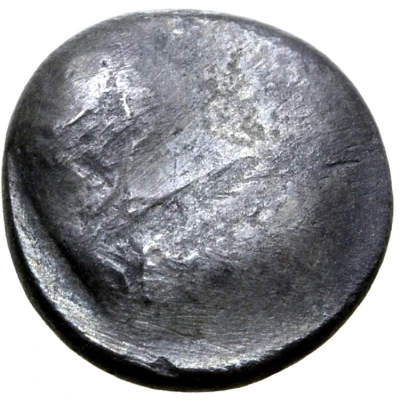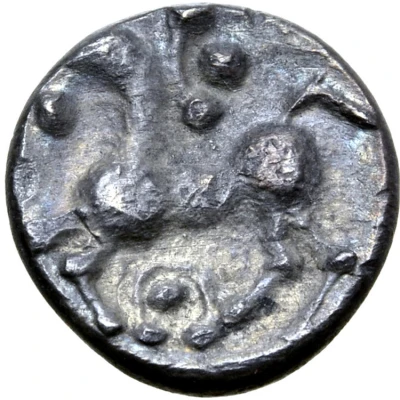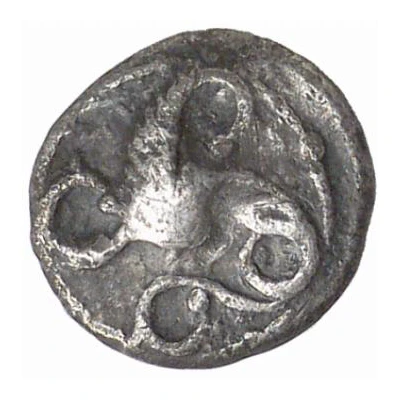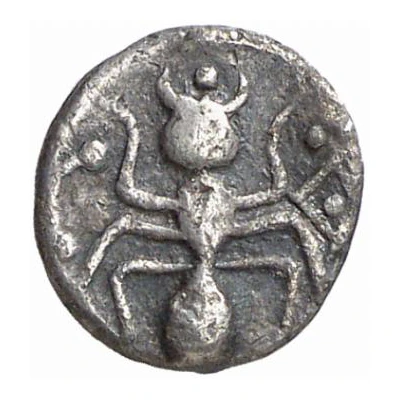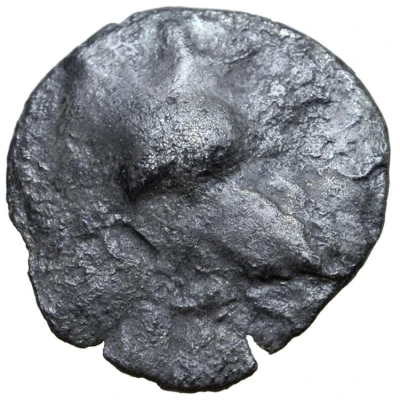
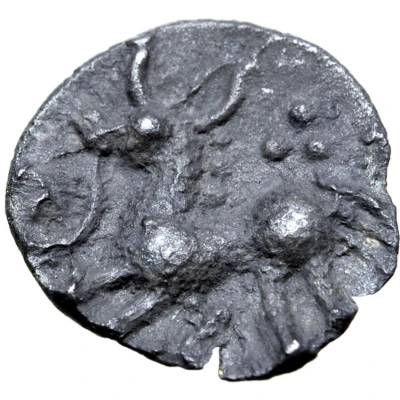

© Roma Numismatics Limited
Obol Roseldorf III Type 200 BC - 1 BC
| Silver | 0.3 g | 9 mm |
| Issuer | Boii |
|---|---|
| Type | Standard circulation coin |
| Years | 200 BC - 1 BC |
| Value | 1 Obol (⅙) |
| Currency | Drachm |
| Composition | Silver |
| Weight | 0.3 g |
| Diameter | 9 mm |
| Shape | Round (irregular) |
| Technique | Hammered |
| Orientation | Variable alignment ↺ |
| Demonetized | Yes |
| Updated | 2024-10-09 |
| Numista | N#192307 |
|---|---|
| Rarity index | 100% |
Reverse
Deer to left, three pellets above, pointed object below.
Comment
Dembski, MÖNG 1991, 3;Examples of this type:
• Example #1 (0.30g, 9mm, Extremely Fine) - In main image:
◦ Ex-Hermann Lanz Collection; published in Michaela Kostial - "Kelten im Osten. Gold und Silber der Kelten in Mittel und Osteuropa, Sammlung Lanz", München, 1997, #105;
◦ Exhibited by the Staatlichen Münzsammlung München at the 1997 International Numismatic Congress in Berlin; at the Berliner Bank also in 1997; also exhibited at the Luitpoldblock Palmengarten, Munich in 2003 (exhibition #35[reverse]).
◦ Auctioned by Roma Numismatics Ltd, Auction XVII, 28 March 2019, Lot 46. Sold for 160 GBP.
Interesting fact
The Obol (Roseldorf III Type) coin from Boii was used as a form of currency during a time when trade and commerce were becoming increasingly important in the region. The coin's small weight of 0.3 grams made it a convenient and practical choice for everyday transactions, and its silver content gave it a level of durability and value that was highly prized by merchants and traders. Despite its small size, this coin played a significant role in the economy of the time and remains an important artifact for historians and collectors today.
